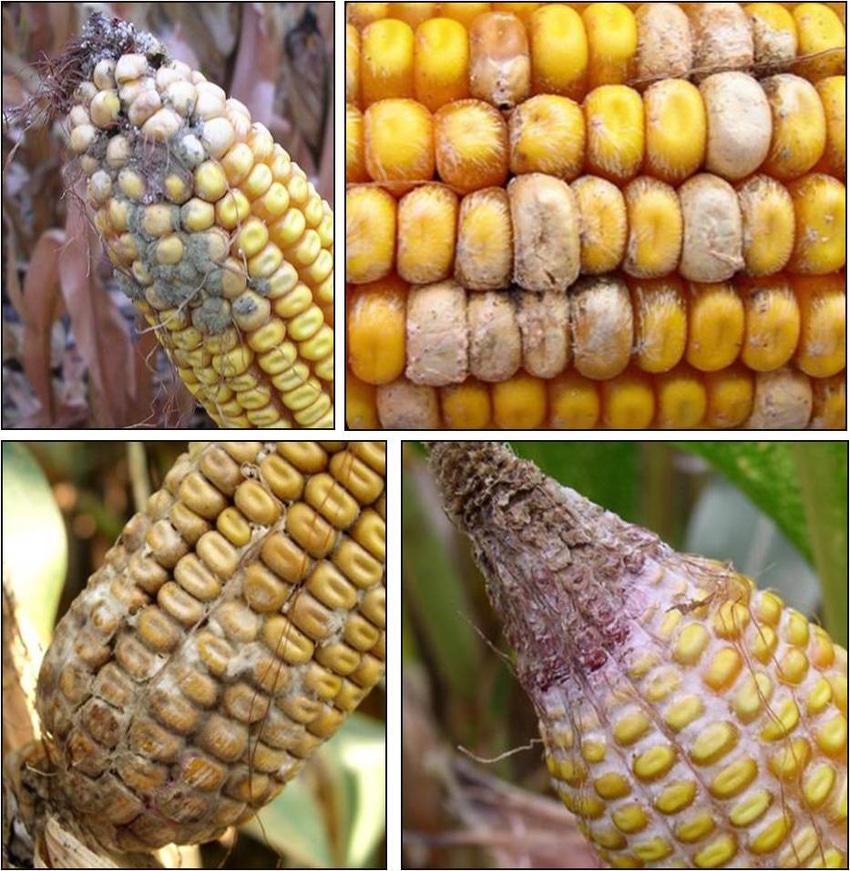September 24, 2013

A growing season characterized by weather extremes, leading to crop stress during flowering and delayed maturity, has created favorable conditions for classic corn ear molds. DuPont Pioneer experts warn that the environment will become increasingly ideal for ear molds if the weather brings cooler temperatures and periodic rains as we head into corn harvest. In addition, drought stress and insect injury to the crop provide an avenue for fungi to enter, causing ear molds to establish and spread.
Like what you're reading? Subscribe to CSD Extra and get the latest news right to your inbox!
“The carryover of ear mold inoculum from last year’s drought environment is likely minimal; however, growers with a history of molds should carefully scout their fields,” says Bill Dolezal, DuPont Pioneer plant pathology research fellow. “While not significant, we have heard reports of ear molds in Indiana and Illinois, as well as Missouri and Tennessee, this year. Ear molds reduce yield potential, grain quality and feed value.”
While scouting, it is important to identify molds and determine if mycotoxins are present. If mold presence is greater than 10,000 cfu/gram and is of the Aspergillus, Fusarium, Gibberella or Penicillium strains, a mycotoxin screening should be completed. Many crop insurance policies require that you contact your crop insurance agent as samples must be pulled from the field by a loss adjuster prior to the grain being placed in storage. The representative sample must be sent to university plant pathology labs for proper mycotoxin screening and identification.
If 10% or more of the ears in the field have a significant amount of mold present on greater than 25% of the ear, harvest as soon as possible. The best way to prevent further growth and toxin development is to harvest at or above 20% moisture and then dry the corn to 15% moisture or less.
Read more from DuPont Pioneer about the risk of ear molds this year.
You might also like:
Late soybeans under scrutiny in the market
You May Also Like




